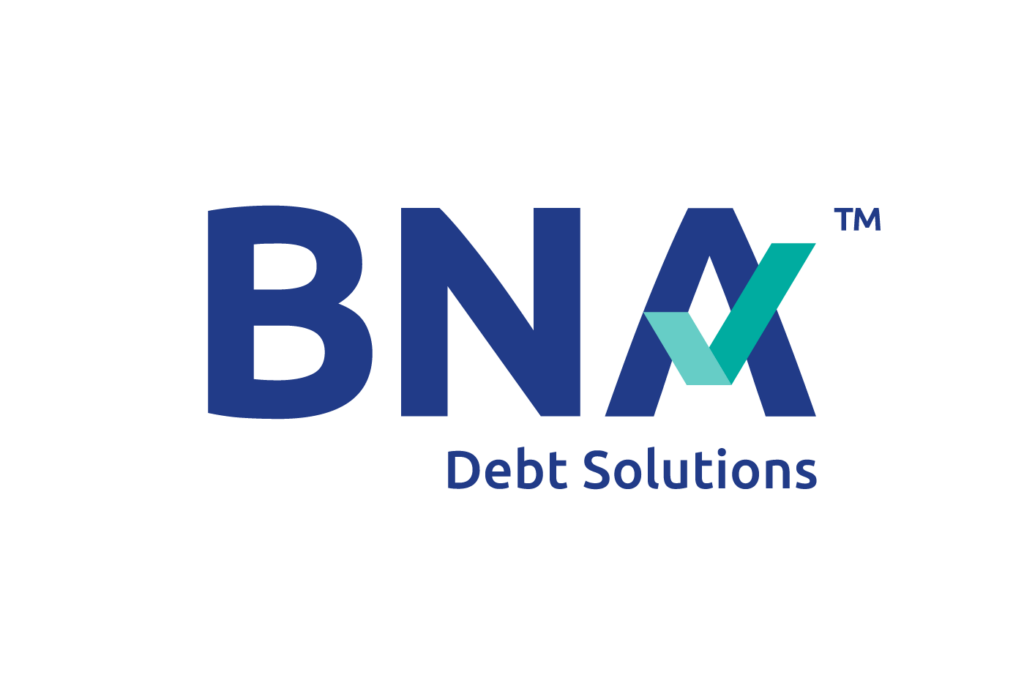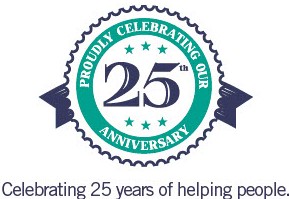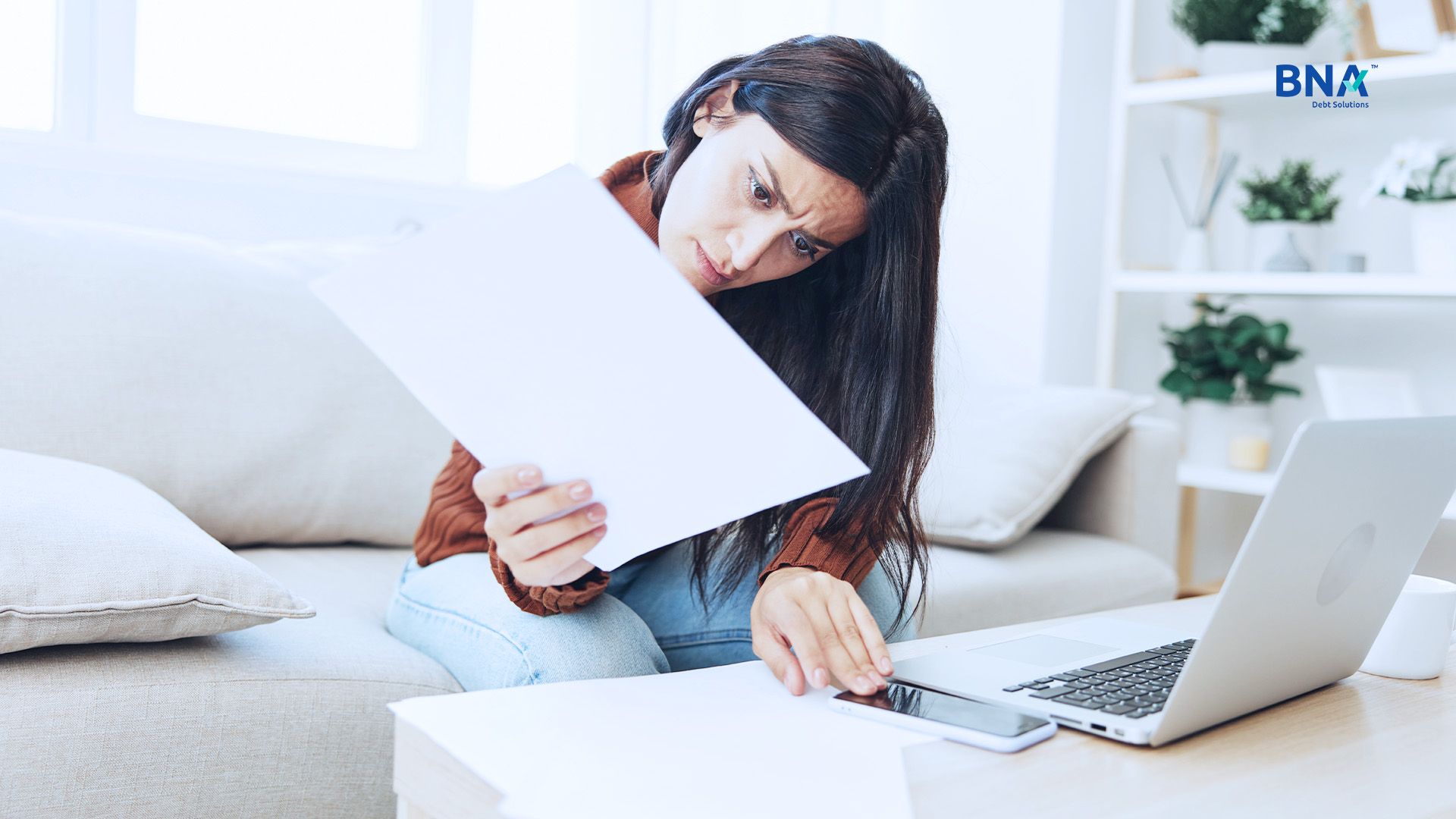Debt doesn’t build overnight, but deciding to take control of your financial future can happen in an instant. The moment you reach out to BNA Debt Solutions for an initial consultation, you’ve already made the most powerful decision: asking for help.
What follows can feel complicated with forms, votes, court reviews, and terms like “LIT,” “stay of proceedings,” or debt consolidation. This article breaks down the entire consumer proposal process into simple, straightforward language, ensuring the empathy and transparency that define BNA’s approach shine through, while also highlighting the available debt relief options.
If gathering statements or reading notices leaves you feeling uneasy, you’re not alone. Almost every client we work with has felt the same way. A consumer proposal is not a quick fix. Still, it’s a legally binding agreement to manage high-interest debts, protect you from further unsecured creditors’ collection efforts, with one manageable monthly payment. The journey has seven important milestones. Let’s walk through them, one by one.
What Exactly is a Consumer Proposal?
A Consumer Proposal could be the fresh start you’ve been searching for, especially if you’re overwhelmed by personal loans. It’s a legal process that helps reduce your unsecured debt to a manageable amount, allowing you to make monthly payments at a pace that works for you, all without the heavy consequences of bankruptcy.
Here’s what you need to know about eligibility:
- You have unsecured debt up to $250,000 (excluding your mortgage).
- You can commit to monthly payments towards your debt.
- You are a Canadian resident, ready for a change.
- You’ll work with a Licensed Insolvency Trustee (LIT) to guide the consumer proposal process.
We understand that the process may feel overwhelming, especially when dealing with financial difficulties. The idea of gathering documents and confronting your debt might seem daunting, but that’s completely normal. At BNA Debt Solutions, we’re here to offer support, clarity, and peace of mind at every step of the way. Let’s break down the consumer proposal process and start with the crucial first steps.
Step 1 – Gathering Your Documents: Building the Foundation
We know that getting started can feel like a mountain of paperwork. But before we file anything, we need to understand your complete financial picture. Think of it as getting ready for a road trip. The better you prepare now, the smoother the journey ahead.
Here’s what you’ll need to gather:
| Category | Typical Documents |
| Identification | Government-issued photo ID, SIN card |
| Income | Recent pay stubs or three months of chequing/savings statements, CRA Notice of Assessment, and benefit statements |
| Banking | Pre-authorized payment information |
| Debts | Credit card statements, loan agreements, student loan balance, payday loan contracts, CRA Notice of Assessment |
| Assets (if applicable) | Vehicle registrations, mortgage statements, all investment statements (RRSP/TFSA, brokerage accounts, mutual funds, crypto-wallet or exchange records) |
| Family obligations | Child or spousal support orders |
Why it feels hard and why it matters
We get it, sifting through those “Past Due” envelopes can feel like reliving a moment of failure. Seeing spreadsheets that highlight your debts might trigger guilt, frustration, or even a sense of hopelessness. That’s normal, and we’re here to tell you: you’re not alone.
This isn’t about judging you; it’s simply data that we transform into a debt relief solution. A legally binding agreement that puts you on the path to creditor protection.
At BNA Debt Solutions, we take the burden off your shoulders. We’ll walk you through why each document is necessary, the order in which it should be collected, and how we protect your privacy.
This first step is about laying the foundation for your debt-free plan, and we’re here to help you get there. Focus on the goal: clarity and a fresh start. The road ahead may seem daunting, but we’re with you every step of the way.
Step 2 – The Initial Interview: Turning Numbers into Options
Once you’ve gathered your documents, you’ll sit down with an insolvency administrator or call via telephone to assess your financial situation.
- Individual Information: Basic personal details to ensure everything is filed correctly.
- Income Information: What you earn from employment, self-employment, or pensions.
- Business Information (if applicable): Financial details for business owners or the self-employed.
- Asset Information: A review of your assets, like vehicles or property, and how they might factor into your consumer proposal.
- Liability Information: A look at your unsecured debts, such as credit cards, loans, and other obligations like student loans or child/spousal support.
- Special Circumstances: Any specific conditions that could apply. For example, student-loan balances survive if you have attended any post-secondary program within the last seven years, even if the original loan is much older.
As Harman, one of our team members, says:
For example, if someone went to school in 2000 and took student loans, then returned to school in 2025, the student loan still survives because it resets the clock.
By the end of this free consultation, you’ll have a clear understanding of your options. Here’s what you’ll walk away with:
| Scenario | Estimated Cost | Duration | Impact on Creditors |
| Consumer Proposal | Lump-sum or monthly payments (up to 60 months) | 5 years or less | Better return than bankruptcy |
| Bankruptcy | Surplus-income payments, asset surrender | 9–21 months (first-time) | Usually lowest return |
| Do-Nothing | Mounting interest, collections | N/A | High risk of legal action |
Most clients choose a consumer proposal over a debt-consolidation loan or even bankruptcy because it lets them keep key assets (like a car for work) and roll everything into one manageable monthly payment. Both bankruptcy and a proposal stop collection action against unsecured creditors, but a proposal usually allows you to retain more assets. It leaves a lighter mark on your credit report, especially when it comes to secured creditors.
Whatever path you choose, know that no filing happens without your explicit signature. This is your decision, and we’re here to support you every step of the way.
Step 3 – Crafting & Filing the Proposal: Where Legal Protection Begins
Once we’ve reviewed your financial situation, BNA will assess how much you should offer to your creditors under a Consumer Proposal. We model two scenarios side-by-side: bankruptcy vs. proposal, to find the “sweet spot”: the smallest payment creditors are likely to accept and the most affordable plan for you.
Your bankruptcy recovery is calculated from realizable assets (anything that could be sold in bankruptcy) plus any surplus income (earnings above government thresholds). Your proposal must beat that recovery, and we make sure it does.
How can you fund the proposal:
- Lump-sum payment – a single payment up front (often from savings, a tax refund, or family assistance).
- Monthly payments (up to 60 months) – spread the cost over five years to keep cash flow comfortable.
- Hybrid option – start with a lump sum, then smaller monthly top-ups if that suits your budget.
Once you agree on the terms, you’ll sign the official consumer proposal documents. From there, the Stay of Proceedings is in effect immediately, stopping all your creditor actions, no more wage garnishments, collection calls, or lawsuits. This creditor protection gives you immediate relief and the breathing room you need to move forward.
Step 4 – The 45-Day Voting Window: Creditors Weigh the Offer
Once you’ve submitted your consumer proposal, your unsecured creditors will receive two essential documents:
- Notice of Consumer Proposal – outlining the terms you’re offering.
- Proof of Claim – a sworn statement of what they’re owed.
Creditors have three ways to respond:
| Response | What it Means | Your Role | BNA’s Role |
| Accept | Vote “Yes” on your terms | None | Tally votes, update you |
| Reject | Vote “No” | Decide whether to improve the offer | Negotiate, advise, and relay options |
| Abstain | No vote filed | None | Excluded from vote |
The 25% Threshold: Triggering a Creditor Meeting
If 25% or more (based on the dollar value of proven claims) reject or request a meeting, an official First Meeting of Creditors is scheduled within 21 days. However, many proposals get additional “yes” votes as we negotiate proactively, showing creditors approve better returns from the consumer proposal than bankruptcy.
Your Experience During These 45 Days
Most collection activity stops quickly once the Stay of Proceedings takes effect, but it can take a few weeks for every lender’s call centre to update its files. If a creditor does ring you in the meantime, simply tell them, “I’m in an active consumer proposal with BNA Debt Solutions. Please contact my trustee at (587) 809-2802.” Then hang up; we’ll handle the rest.
Step 5 – Possible Outcomes at or Before the Meeting
After the creditors vote, here’s what can happen:
| Outcome | Voting Rule | Next Steps |
| Accepted | 50% + of proven claims vote “Yes” | Move to court-approval countdown |
| Counter-Offer | 50% + propose higher payments | You can accept, reject, or negotiate |
| Rejected | 50% + vote “No” and no compromise | Creditors’ rights revive; bankruptcy may be considered |
While multiple meetings are possible if more time is needed, most consumer proposals resolve within the 45-day window.
Understandably, the proposal process can feel overwhelming, but know this: we’re with you every step of the way. We will work through counter-offers, ensuring you have all the debt relief options at your disposal. Once creditors accept the terms, you’ll start your journey towards debt freedom, with creditor protection giving you the space to breathe.
Step 6 – Court Approval: The Final Stamp
Fifteen days after your creditors accept the consumer proposal, it will be automatically approved by the court, unless a creditor or the federal government requests a review. Court interventions are rare, and once the 15 days pass:
- The proposal terms become a legally binding agreement for all unsecured creditors, including those who didn’t vote.
- Your payment plan continues as outlined in the agreement.
- Interest charges on included debts are permanently frozen as of the date of the Consumer Proposal.
This is a key moment. The process is working, and you’re on the path to debt freedom. With creditor protection in place and your payments set, you can finally breathe easier knowing that unsecured debts are no longer weighing you down.
Step 7 – Living and Completing the Proposal
Your Commitments
- Make your payments as outlined. Late or missed payments can result in annulment, so staying on track is key to debt relief.
- Attend two financial-counselling sessions. We’ll help you with budgeting, rebuilding credit, or any other money question that’s keeping you up at night.
- If your income or situation changes significantly, let us know. We can amend the proposal to keep it viable.
BNA’s Ongoing Duties
- We’ll collect payments and ensure they’re distributed to your unsecured creditors.
- We’ll file annual statements of receipts and disbursements.
- We monitor your claims and handle any late-filed proofs.
Full Performance
When you make the final payment, we’ll issue a Certificate of Full Performance. Keep it safe; future lenders may request it. The credit bureau will mark included debts as “Satisfied – Settled through Proposal,” but that update can take three to five months. Here’s why:
- BNA files your discharge with the federal Office of the Superintendent of Bankruptcy (OSB).
- TransUnion and Equifax pull their data from the OSB database on a delay; we don’t report to them directly.
As soon as the bureaus refresh their records, the new status will appear on your credit file. Your first big step toward rebuilding is with tools like a secured credit card or a small RRSP loan.
Annulment
Missing three payments or falling 90 days behind on a lump-sum payment means the proposal is annulled automatically.
- The stay lifts, and creditors regain collection rights.
- You won’t be able to file a second consumer proposal on the same debts, but Division I proposals or bankruptcy may still be options.
- Communication is key. Many annulments can be avoided with timely amendments. We’re here to help you navigate that.
Get the Full Picture of a Consumer Proposal with This Example
Imagine Sarah, a 35-year-old professional with $50,000 in unsecured debts. She contacts BNA Debt Solutions for help, and we assess her financial situation. After reviewing her assets and income, we propose a settlement of $25,000. This is more than what unsecured creditors would receive through bankruptcy. Sarah chooses to repay this amount through monthly payments over 60 months, or sooner if she can!
Once the consumer proposal is filed, creditors have 45 days to review it. If they approve it, the proposal moves forward. If needed, BNA negotiates with creditors to ensure their approval. After Sarah makes all her debt payments and completes the required financial counselling sessions, her debts are forgiven, and she receives a Certificate of Full Performance.
This example demonstrates how consumer proposals offer a debt relief solution that helps you manage your total debt with flexible payment terms, allowing you to pay creditors effectively, and with the support of BNA Debt Solutions.
Putting It All Together: Why the First Step Is the Biggest
Every stage after gathering your documents depends on accurate information. Without your proof of income, we can’t assess your surplus income; without clear financial situation details, creditors can’t vote. Think of your paperwork as the foundation of your debt relief solution. The stronger the foundation, the steadier the whole process.
Checklist recap:
- Contact BNA – phone, email, or online form.
- Gather documents – use our downloadable checklist.
- Attend the initial interview – discuss all options.
- Review & sign the consumer proposal.
- Let the 45-day clock run while BNA negotiates.
- Watch for the green-light email confirming court approval.
- Make payments & attend counselling until you receive your Certificate of Full Performance.
Final Thoughts: A Path, Not a Punishment
A consumer proposal is sometimes called Canada’s “best-kept insolvency secret”. Because it’s less severe than bankruptcy, more powerful than informal payment plans. Yet its real strength is psychological: the moment your stay of proceedings takes effect, stress hormones drop, and sleep returns. That relief is not indulgent; it’s productive. Clear minds make better money decisions.
At BNA Debt Solutions, we see our role as navigators. Handling the map, the paperwork, and the negotiations, while you keep your hands on the wheel of daily life. The process is rigid enough to protect all parties, yet flexible enough to adapt to your unique reality.
If you’re holding this guide and thinking, “I’m not sure my situation fits,” that’s precisely the reason to reach out. Whether you file a consumer proposal, choose a different route, or simply gain peace of mind, the conversation is free. Your path to financial freedom begins with knowledge, and now, armed with every detail from our infographic and experience, you have it.
Frequently Asked Questions (FAQs)
What’s the first step in filing a consumer proposal?
Begin with a free, confidential consultation. A Licensed Insolvency Trustee reviews your income and unsecured loans to see if one monthly payment under a consumer proposal fits your budget and builds lasting financial skills.
How does creditor voting in a consumer proposal work?
Creditors have 45 days to respond. Each dollar owed equals one vote; when over 50 % of the debt (dollars) is accepted, the proposal binds all unsecured creditors. This is how consumer proposals work with creditor voting.
What if creditors reject my consumer proposal?
Rejection isn’t final. Your LIT can renegotiate, tweaking lump-sum size, timing, or monthly amount to address creditor concerns, then resubmit so you avoid bankruptcy while keeping a single manageable payment.
Are credit counselling sessions mandatory?
Yes. You must complete two one-on-one sessions with a certified credit counsellor. Beyond meeting the legal requirement, these meetings give you practical help for building a budget, sharpening debt-management skills, mapping out a credit-rebuilding plan and plenty of time to ask any questions about your finances so you leave with real clarity and confidence.
How will a consumer proposal affect my credit and payments?
Complete the plan and most see credit rebound within one to two years. While active, interest stops, you make one monthly payment, and unsecured credit access is limited, but on-time payments steadily rebuild your history.




